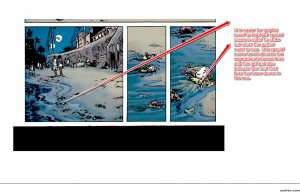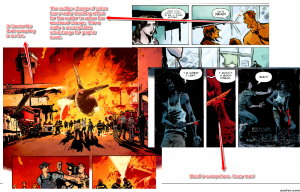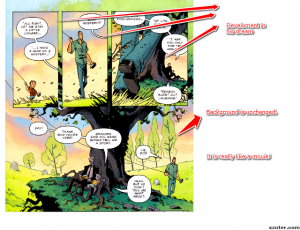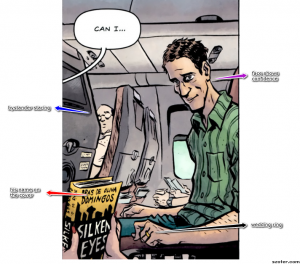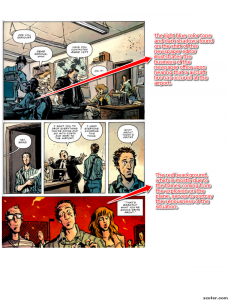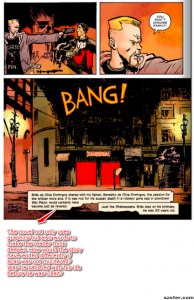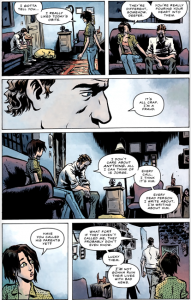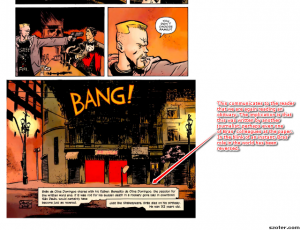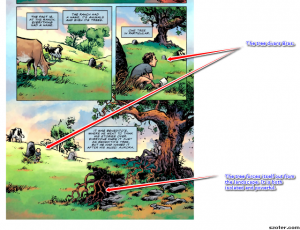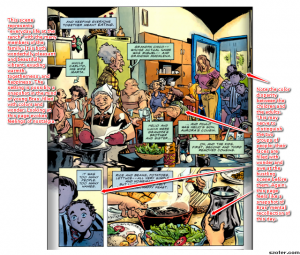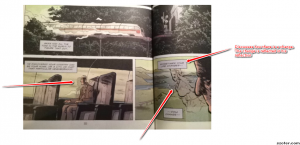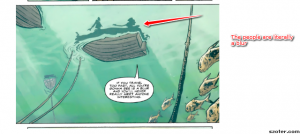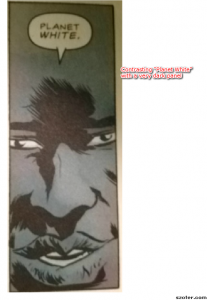Daytripper by Fabio Moon and Gabriel Ba was the first graphic novel I have ever read in my life and it was an overall great experience. Based on the nature of the medium itself, at first the narrative seemed choppy and was hard for me to follow, giving me a headache in the process. However, I became more comfortable with how to read a graphic novel by the end of the first chapter and was able to fully appreciate the book. The illustrations (which are beautiful) of course make the task of picturing the scene in your head much easier and more vivid. They also streamline the text, allowing the reader to focus more on the dialogue of the story. Getting to actually see the facial expression on the characters’ faces combined with the focus on dialogue in graphic novels provides the same or maybe better type of characterization a real novel would accomplish through describing thoughts or expressions. This is another example of different media being able to transmit the same message through different means, to different affects.
One concept Daytripper plays around with a lot, which we have discussed a lot in our class, is time. The novel jumps around between important scenes in Bras’s life, not in chronological order. Many scenes also include flashbacks to earlier points in Bras’ life, in some cases these flashbacks include new information from events described in previous segments. Although not in chronological order, the sequencing of the scenes is clearly deliberate and extremely effective at building up tension and suspense. Throughout the novel, characters refer to things from the past that the reader doesn’t know yet but which are covered in later chapters, from earlier times. For example, in the first chapter Bras’s mom refers to him as her little miracle and Bras and Jorge reminisce about the time they spent in Salvador. The reader is left wondering what these things mean until they are both covered extensively in later chapters.
Apart from building suspense, the manipulation of time also serves to highlight one of the major themes of the book, which is figuring out the important things in life. The most important things in life are the meaningful relationships and the moments that form and build those relationships. All of the segments of Bras’s life shown involve him meeting those closest to him or in some way building upon those relationships. The skipping around through those moments makes the reader realize that these are the most important ones in a person’s life. Getting your first kiss, meeting your best friend in college, your first love, your first boring job, meeting your future wife, the birth of your child, and then the birth of your grandchildren. These moments are what matter in life and Daytripper presents this message in a beautiful manner with an engaging story and interesting progression.






